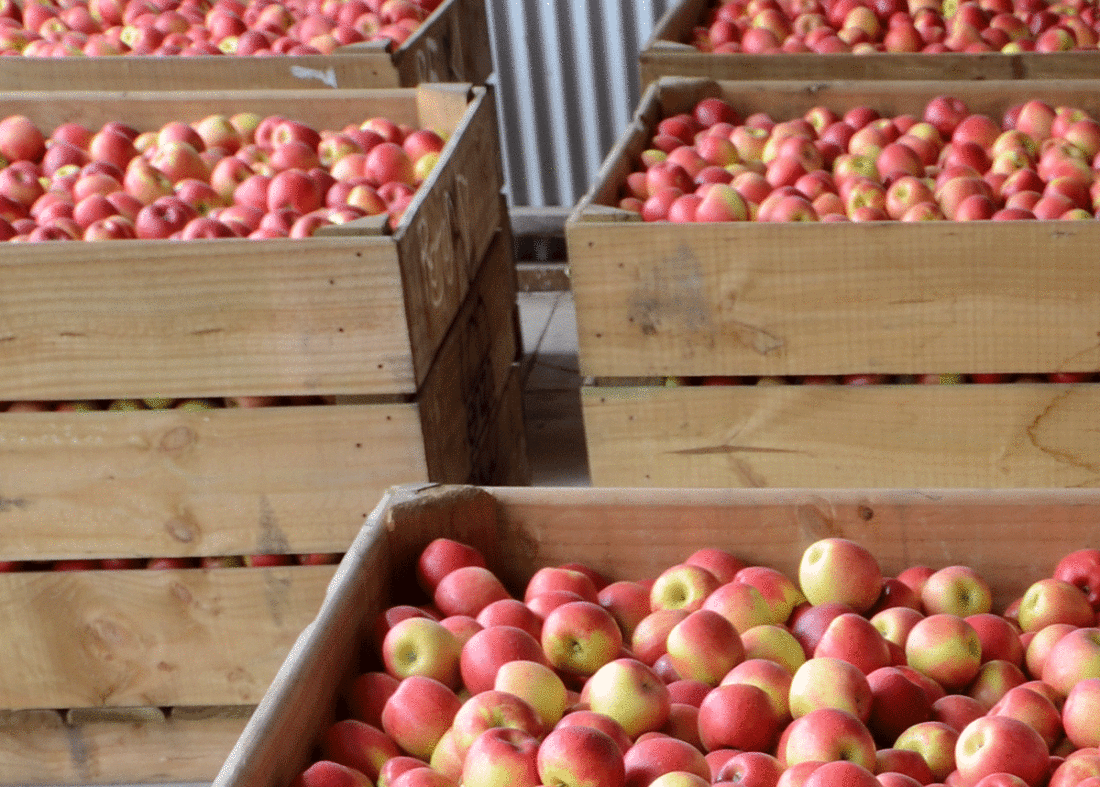Your journey to energy efficiency starts here
EECA’s packhouse and coolstore pathway provides free tailored tools and resources for businesses to help the sector save money and be more energy efficient.
Access the tools and resources below.
The impact of packhouses and coolstores
- Refrigeration is the largest ongoing cost for coolstores with up to 85% of site energy consumption related to the refrigeration, so becoming more efficient is vital.
- In 2022, refrigeration systems accounted for 16,040TJ of New Zealand’s electricity use – the fourth highest electricity demand after hot water cylinders, electric furnaces and motors.
- One of the biggest opportunities to reduce costs is to optimise the refrigeration system and develop a smart energy management system alongside employing demand flexibility to support grid resilience.
- In horticulture coolstores are used across several industries with kiwifruit, avocado, apple and pear making up the majority of produce utilising cool store facilities. Renewable solar energy presents a great opportunity for coolstores given increased refrigeration demand for hot sunny days.
- This pathway focuses on managing electricity loads for coolstores and packhouses, improving energy efficiency and helping to reduce costs.
Tools and resources
These dedicated tools and resources have been designed by industry experts especially for the packhouse and cool store sector.
This pathway will identify, measure, optimise and reduce fuel and energy demand in your business. Work your way through them at your own pace, put the lessons into practice, and start seeing results.
3 steps to reduce your carbon footprint
The Packhouse and Coolstore Sector Pathway starts with energy efficiency. The end goal is to reduce carbon emissions and manage energy loads, but by first taking steps to improve existing processes, equipment and operations, your transition will be more efficient and more cost effective.

Step 1: Measure emissions and set targets
The most important step in energy management and conservation is measuring and accounting for energy consumption.
Step 2: Optimise equipment and improve processes
Reviewing and adjusting the way your equipment is performing can be a big win for energy reduction, cost reduction, and increased productivity.
Step 3: Demand and emission reduction opportunities
New technology or upgrades to existing processes can reduce energy demand. This step looks at equipping businesses with the latest innovations in their space to reduce the demand for energy.

